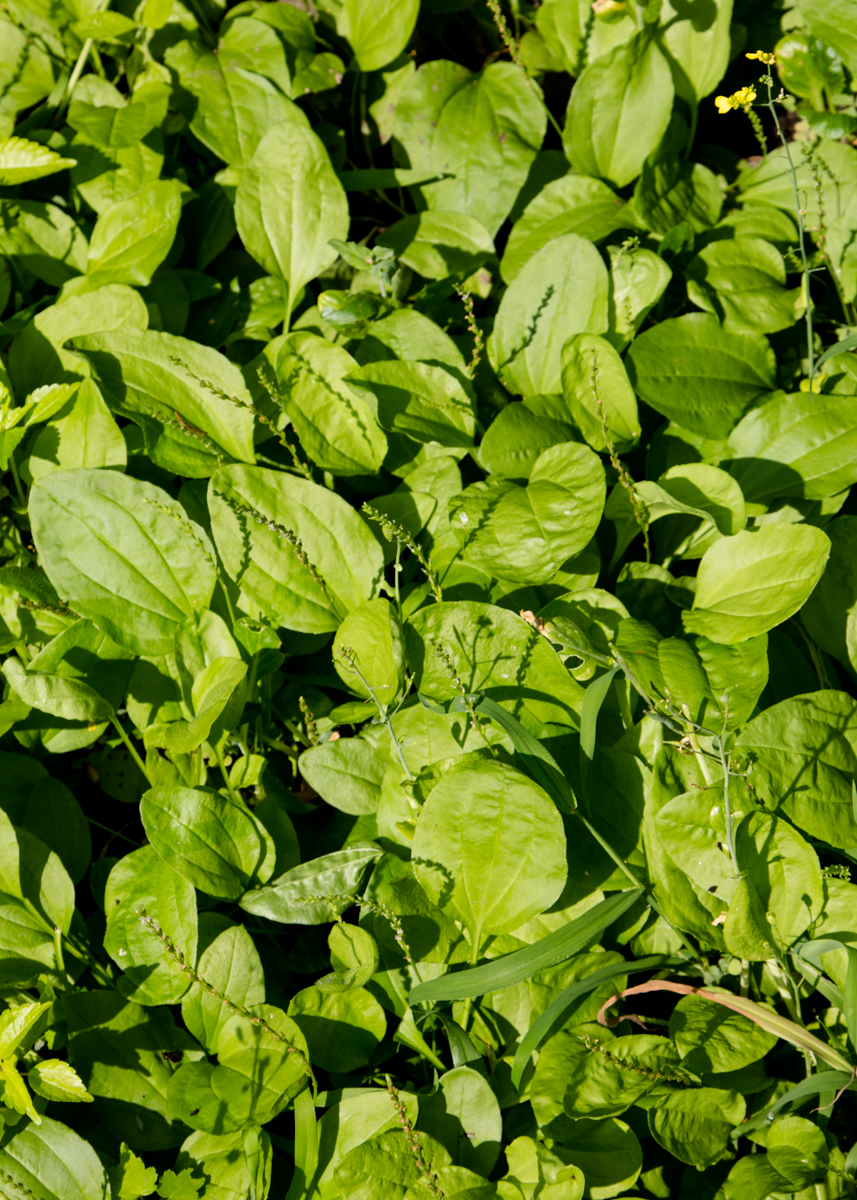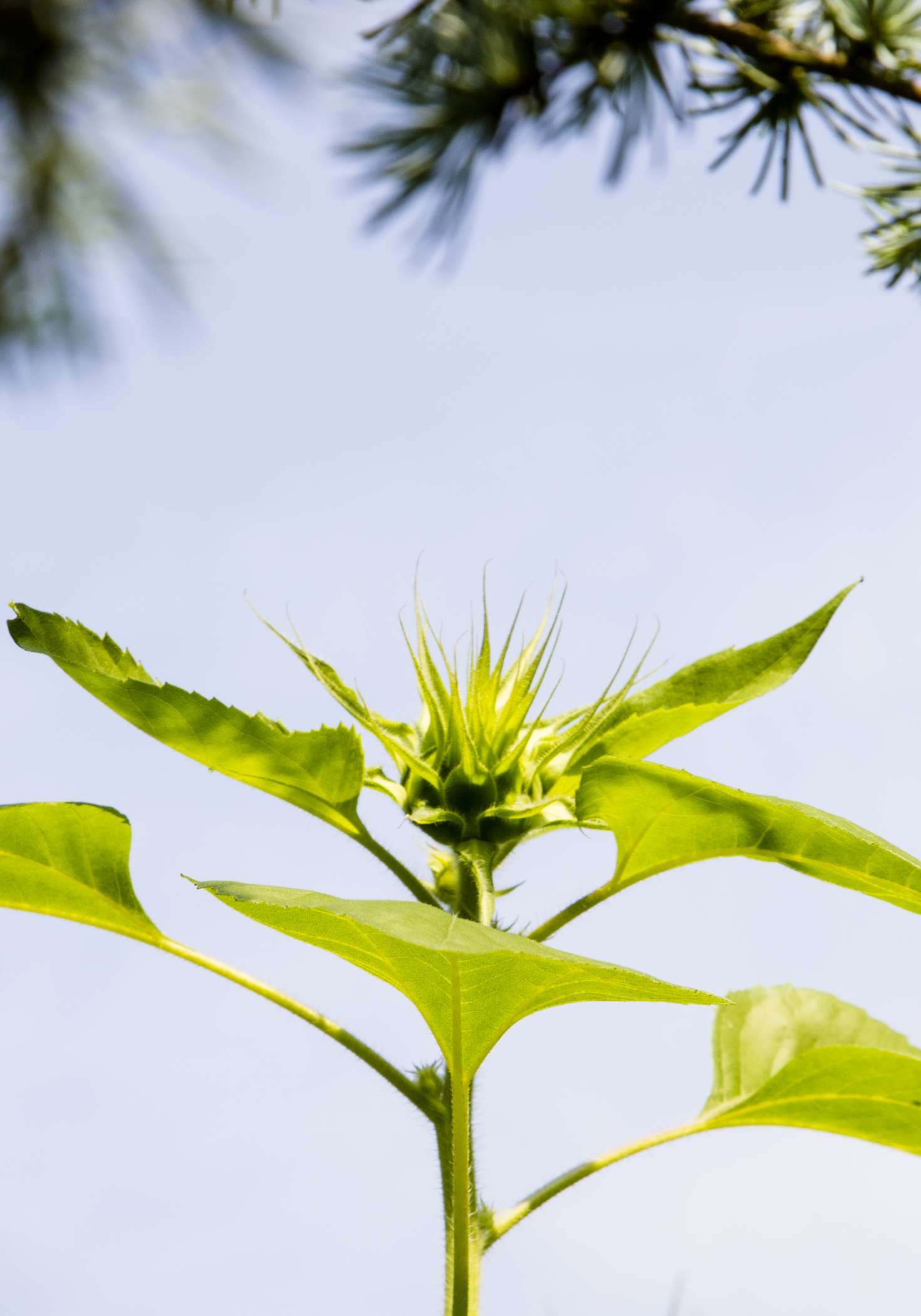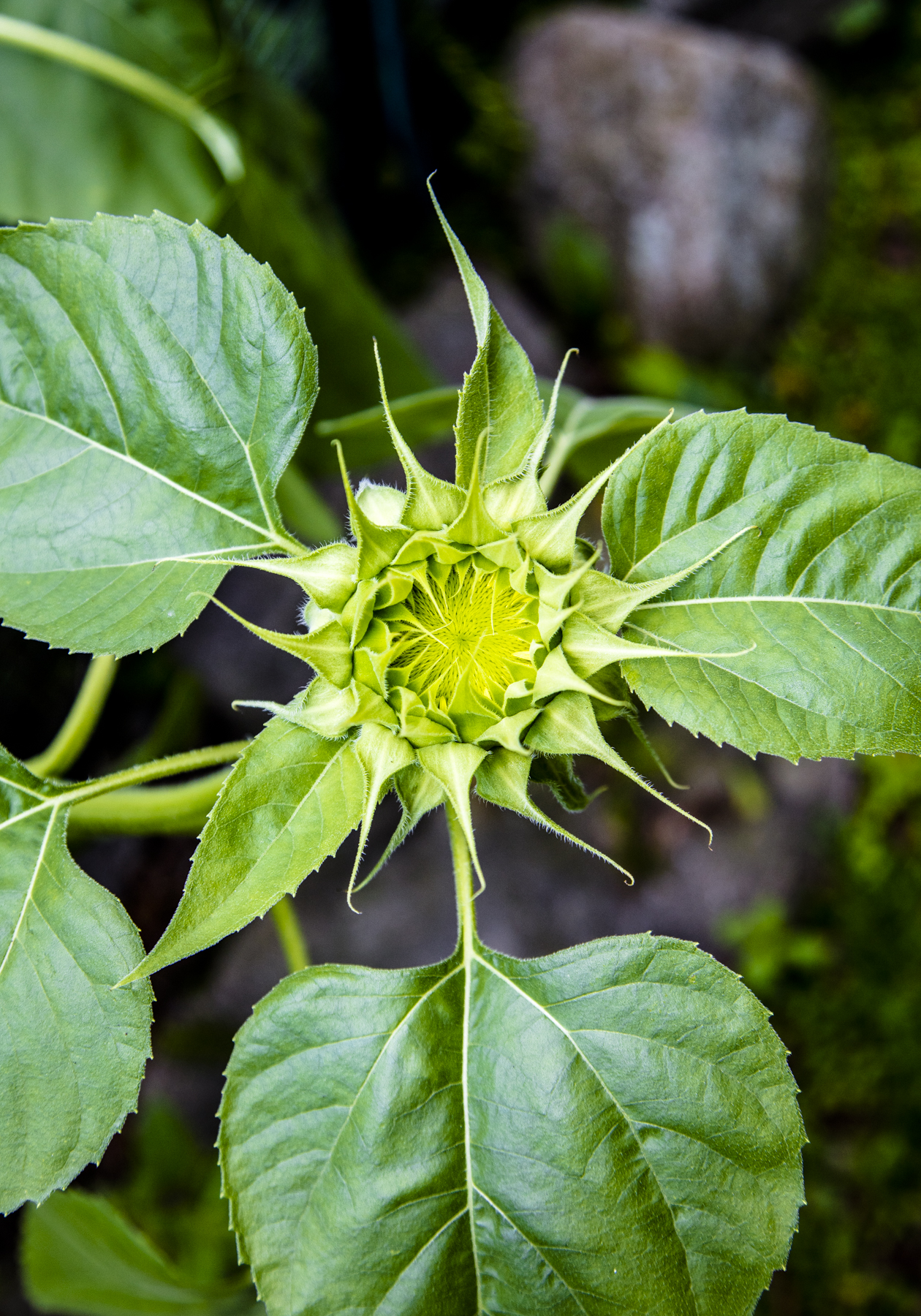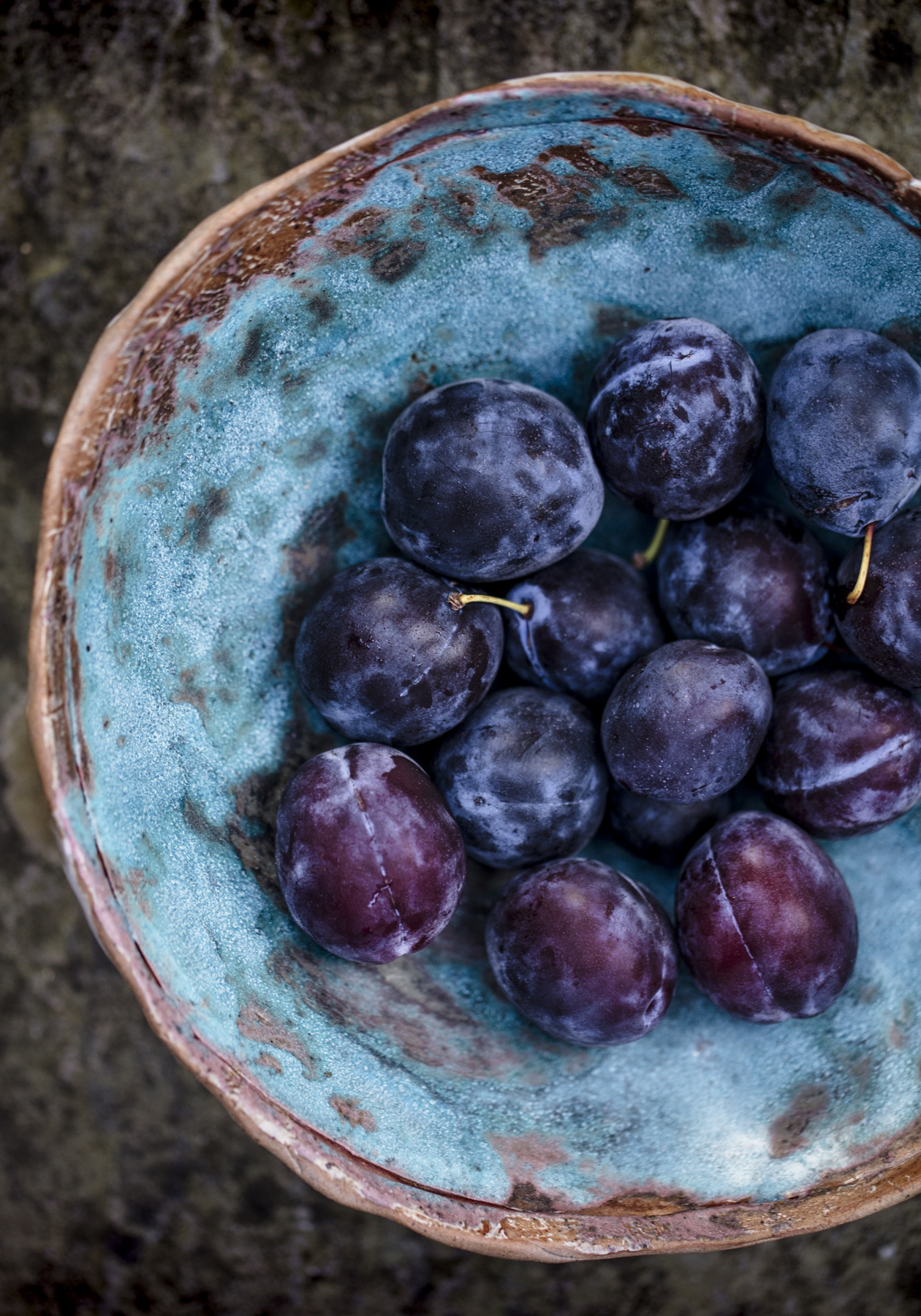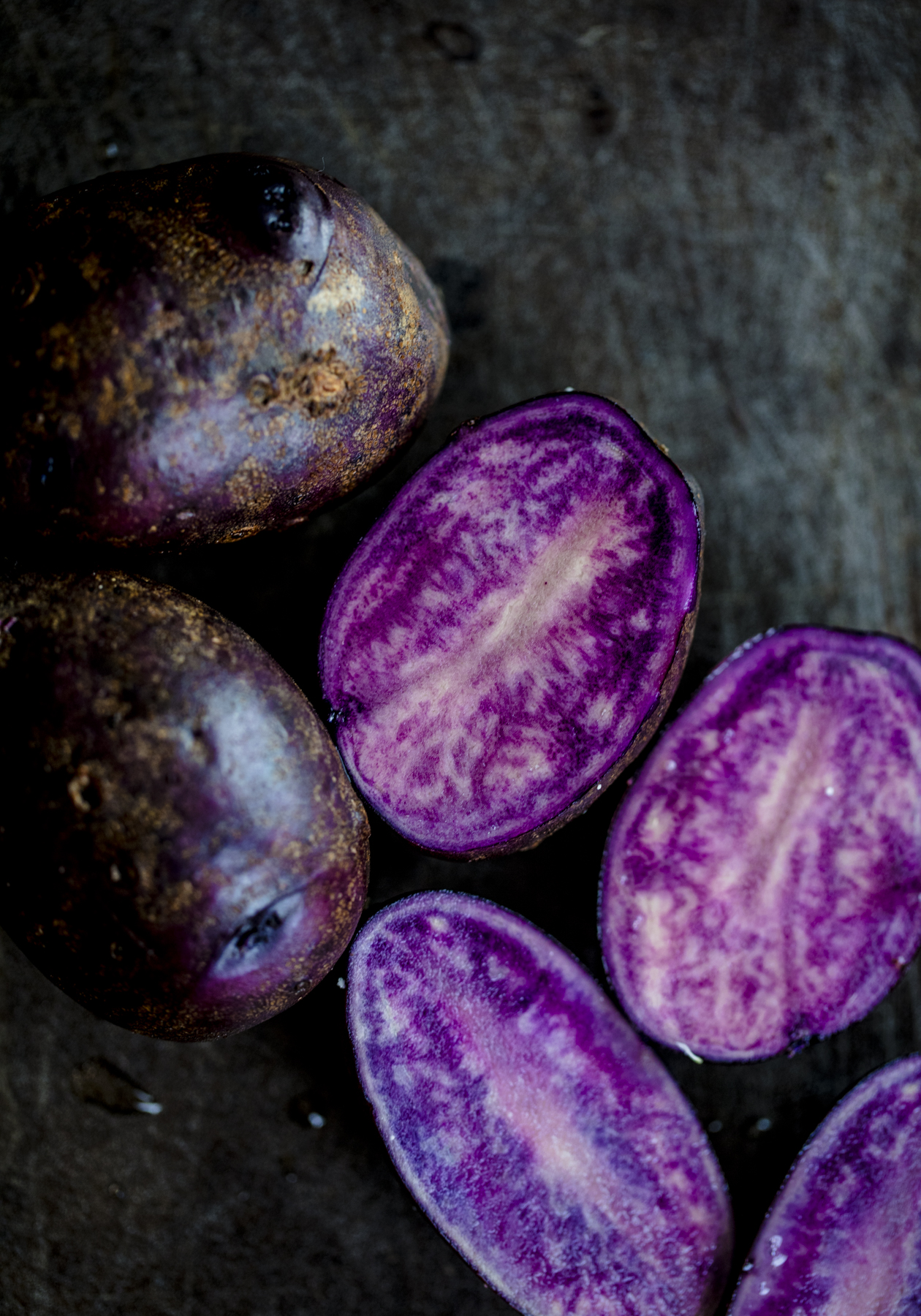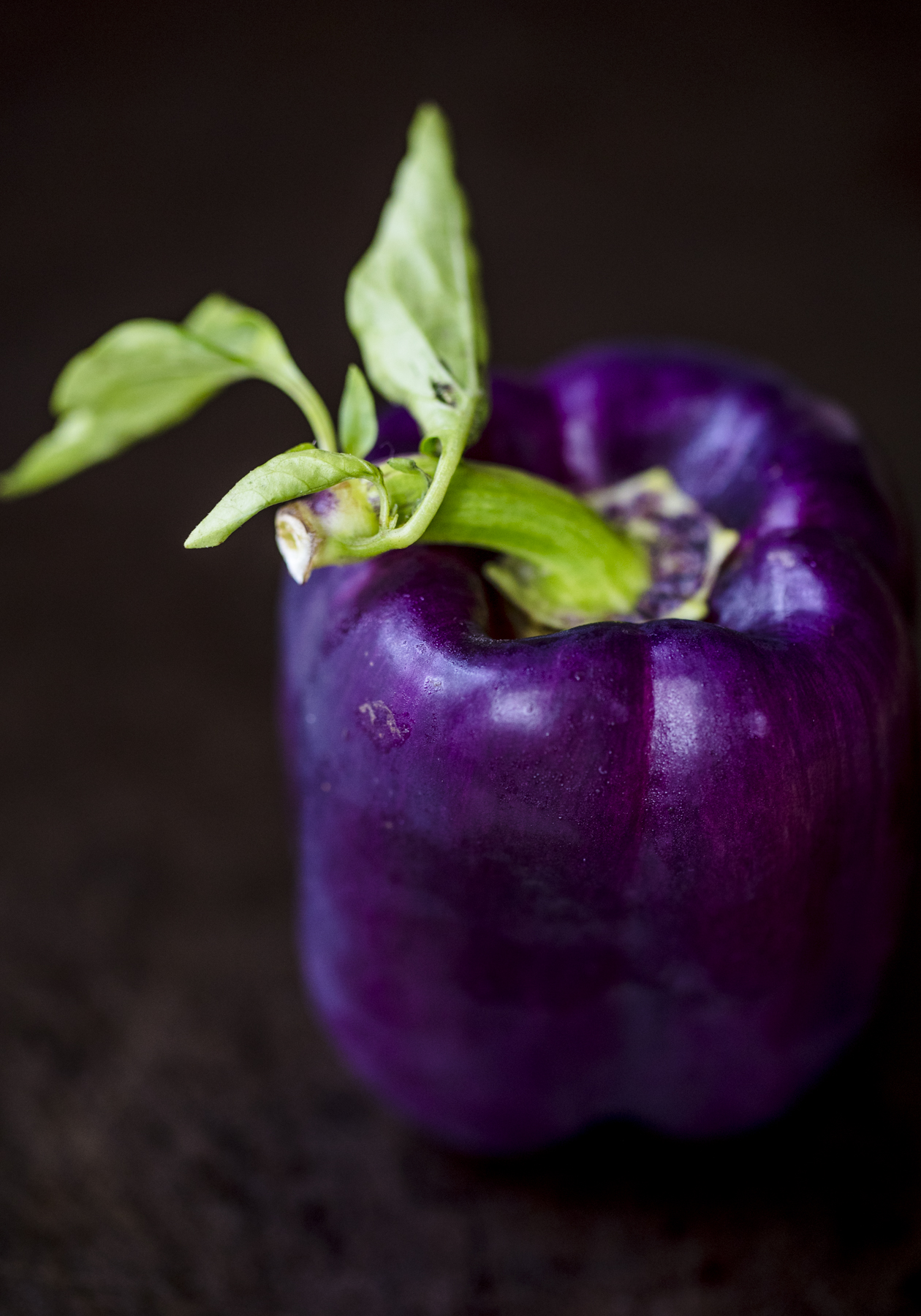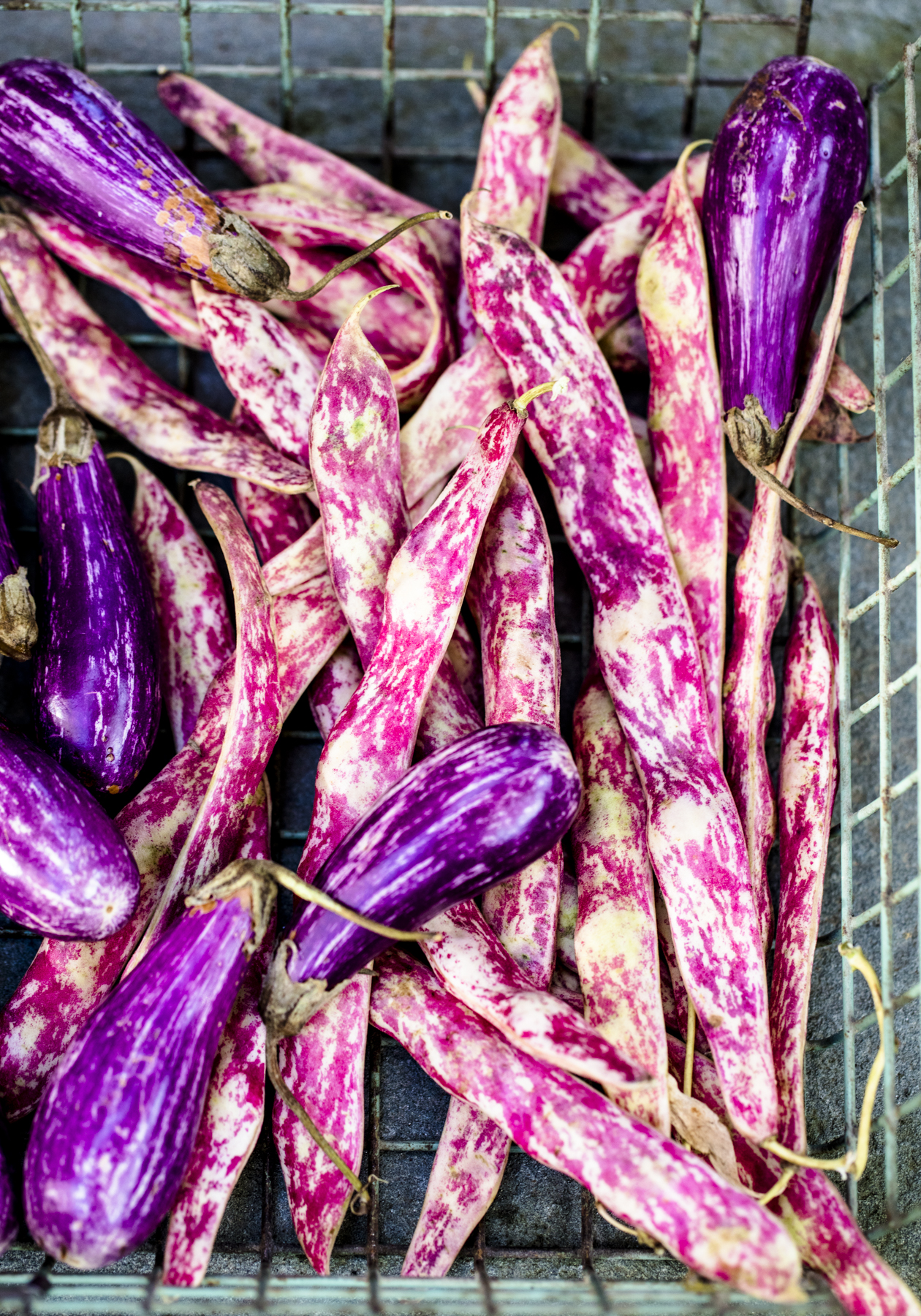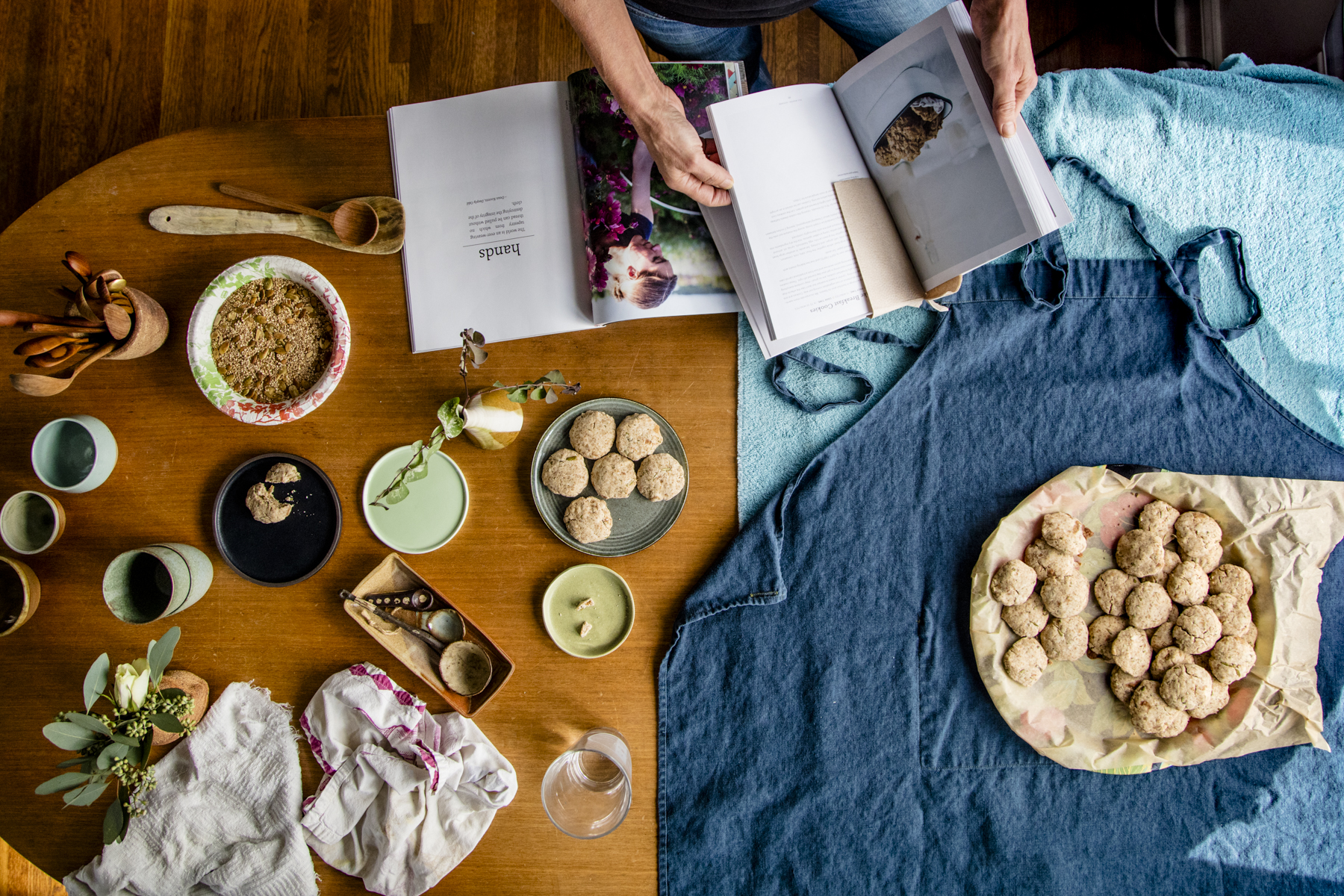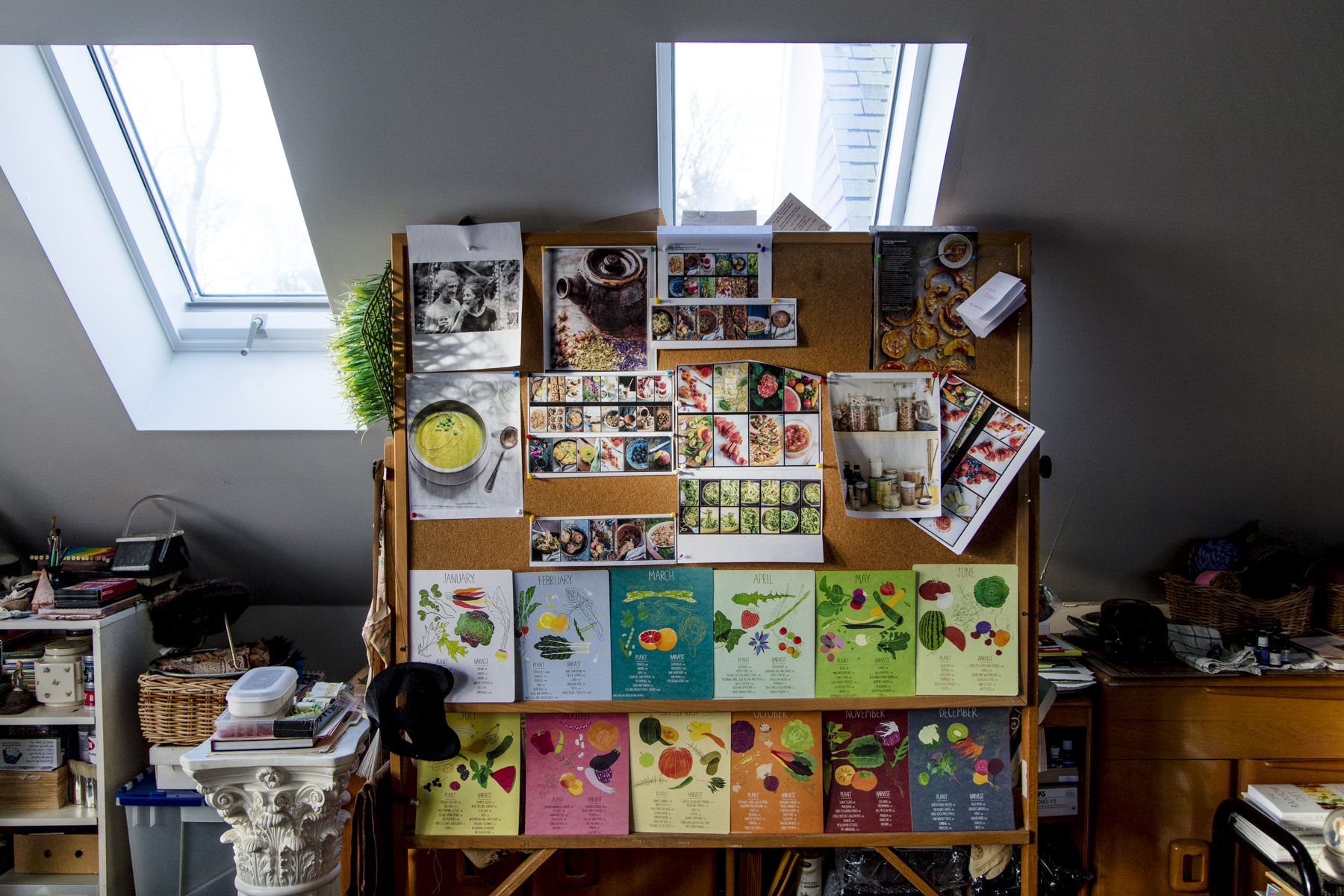I was suffering acutely from writer’s block. I can’t tell you how many times I would say, “Well, not today, maybe tomorrow.” Or, “I’m too busy and I don’t have the time.” I made excuses. What if I just didn’t know what to say? What if there was nothing to write down? Heritage feels like a long time coming - I’ve been creating recipes and accumulating family stories for decades. I’ve been studying biodynamics and integrative nutrition for just as long. Heritage has wanted to be written for a long time, as though it’s been scripted for generations. And yet sometimes I just can’t get the ball rolling.
So I did what any stuck person would do, I phoned a friend. I called my daughter, Nicola, who listened with compassionate ears and encouraging words, reminding me that everyone goes through this. And then I talked to my husband, who in trying to be helpful, reminded me that I’m not a writer – to which I replied with hurt feelings, something about my 4th grade creative writing assignment where I wrote a story about a ghost and doesn’t that count as being able to call myself a writer.
I Googled “writer’s block,” signed up for a free webinar (or two, or three, or four!), and phoned a few more friends.
One of the most helpful and supportive bits of awareness came in the form of fully recognizing what was going on. Naming what was happening (writer’s block) enabled me to actually takes steps towards working with it - rather than continuing to come up with excuses.
Beyond the encouraging words (thank you family + friends!), I found a more tactile way to work with this blockage. I finally found a rhythm with writing, by creating a ceremonial practice that has become an important part of my day.
A dear friend and colleague of mine, Mela, helped me to sink into my new routine. Mela supports many clients with time management, “dejunking,” and getting unstuck. First, she helped me to feel supported and grounded in my space. Too often, I would find distractions - a pile on my desk that I could spend time tidying; or my cellphone, which was often within arm’s reach. In clearing my physical space, using the power of intention, practicing breathing exercises, and keeping a candle lit for inspiration to come through, I’ve been consistently sitting down every day for two hours to WRITE. And I have to say, I’m quite proud of that!






